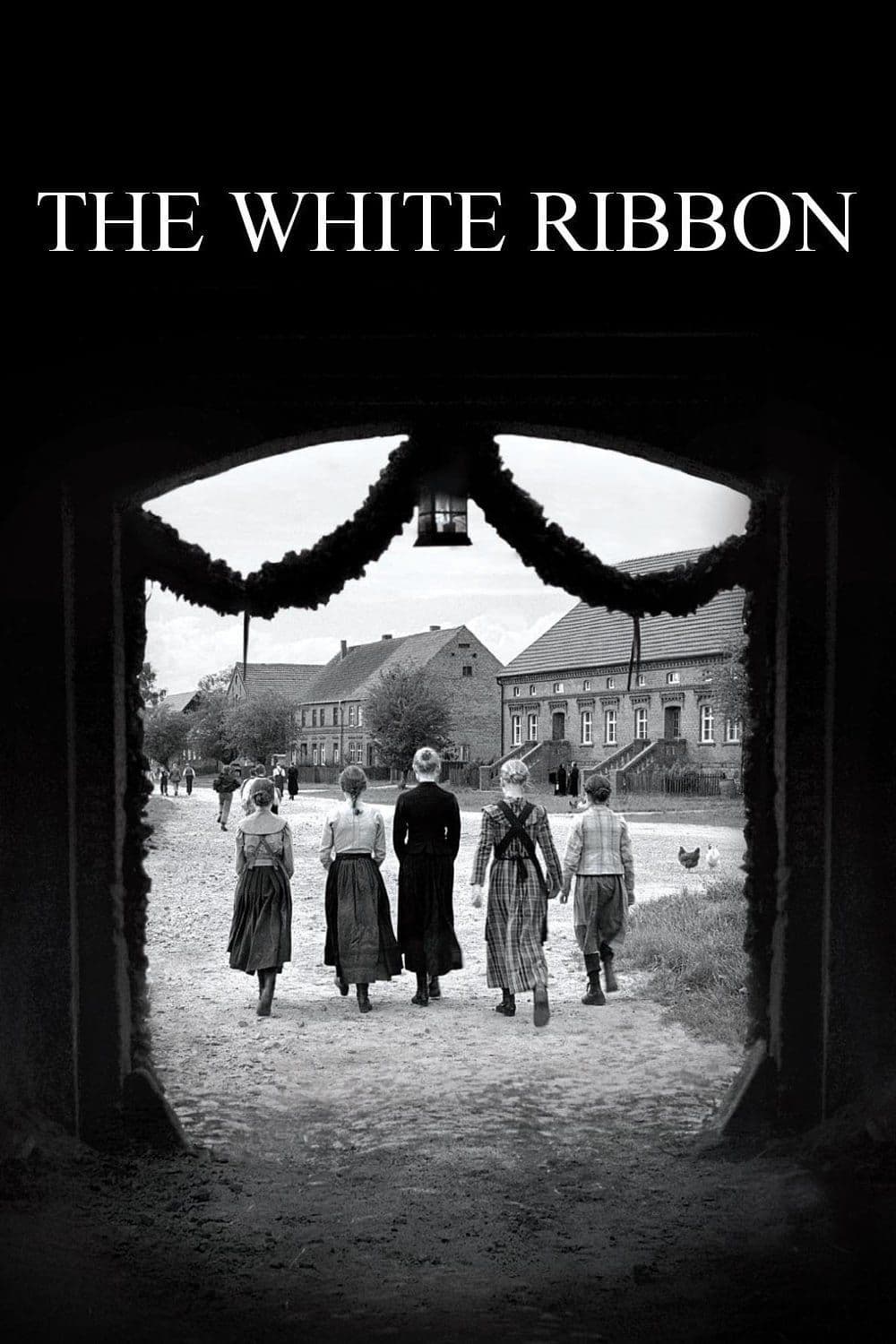
The White Ribbon
2009
Rate this movie
Average: 5.00 / 5
(1 votes)
Director
A multi-layered work characterized by refined attention to detail, photography sublimated into a restless and fleeting black and white, an infinite love for every single character presented on screen, and a meticulous attention to dialogue and emotional situations. Haneke's monochromatism is not merely a stylistic choice, but a powerful tool for deconstructing reality: it strips landscapes and faces of all superficial chromaticism, exposing their rawest essence, as if to reflect corroded purity, lost innocence, or innocence that never truly existed, in a world heading towards an apocalypse of which it is not yet aware. Light, at times sharp as a blade, at times enveloping like a shroud, sculpts faces and souls, elevating each shot to a pictorial icon of austere beauty and profound disquiet. This black and white projects us not only into a past era but into a timeless dimension of moral analysis, echoing the visual severity of Dreyer's cinema or German Expressionism, yet never slipping into abstraction, maintaining a granite-like anchor to reality.
Haneke's film enchants with noble sobriety and crystalline iconographic lyricism. His stylistic hallmark is unmistakable: a mastery of mise-en-scène that rejects all complacency, all easy catharsis, to plumb the depths of the human soul with almost surgical clarity. As in his other masterpieces, from Funny Games to Caché, Haneke offers no comforting answers, but poses uncomfortable questions, forcing the viewer to confront latent violence—not the spectacularized kind, but that which ferments in the cracks of an apparently orderly society. His is a silent, psychological violence that corrodes from within, and here, in The White Ribbon, it manifests through inexplicable acts whose true genesis remains enveloped in a dense and disturbing shadow.
It's somewhat vexing to think that filmmakers of this caliber are unfortunately no longer Italian, as they once were, but rather Austrian, German, Spanish, Turkish, Chinese... It is truly difficult to place Das weisse Band in a taxonomy that can identify it: it has the connotations of a historical film, but it is also a mystery story; it bears the hallmarks of a neorealist melodrama but could also be associated with an anthropological document. But its deepest vocation is that of an allegorical parable, an almost Kafkaesque investigation into the roots of evil and the authoritarianism that pervades every social system, even the smallest and seemingly innocuous. Its elusive nature is not a flaw, but an intrinsic merit: Haneke denies us the reassuring architecture of traditional narration, refusing to resolve the "who" or the "how," to focus on the "why" such a fertile ground for violence can take root. The enigma is not a narrative device for its own sake, but the vehicle for a deeper exploration of the human condition and its deviations.
The story is set in a rural village in northern Germany in 1911. This temporal detail is by no means casual, but of crucial importance. We are on the eve of World War I, at a historical moment when Germany, seemingly placid, was brooding over the ashes of what would explode decades later. Haneke himself explicitly stated his intent to explore the roots of totalitarianism and social violence, suggesting that the seeds of evil planted in that generation, through rigid education, emotional repression, and religious hypocrisy, would later blossom into far more monstrous forms. The "white ribbon" is not only a symbol of imposed purity and punishment, but a metaphor for forced purity that harbors within it the seeds of rebellion and violence.
Village life is punctuated by the rhythms of work in the fields. The Baron is a sort of Demiurge who presides over his estates and manages the work among his farmhands. But beyond the Baron, true power is distributed among the village's institutional figures: the Pastor, who imposes strict and often cruel discipline on his children; the Doctor, a symbol of corrupted morality and masked abuse of power; and the Teacher, narrator and witness to the events, the only character to seek, in vain, some understanding.
A series of unsettling and inexplicable events will disturb the routine of the villagers and gradually shatter every certainty and every emotional bond. These events – mysterious accidents, assaults, acts of sadism – are not isolated crimes, but manifestations of a collective malaise that lurks beneath the surface of bourgeois respectability and religious bigotry. Children, forced to grow up under the yoke of a repressive and punitive education, become both victims and perpetrators, inheriting and perpetuating the cycle of violence and hypocrisy. The violence they suffer (physical punishments, isolation, mortification) is reflected in the violence they inflict, often with a cold, detached cruelty that is the true beating heart of the film. Haneke paints a fresco where so-called childlike "innocence" is tainted not by innate wickedness, but by the toxicity of an environment that stifles every genuine human expression.
A true fresco of rural life, but also a powerful depiction of early 20th-century family relationships and the subtle connections woven between the community's various representatives: the teacher, the tutor, the doctor, the pastor, the new mother, the governess. Each is a piece of an interconnected system, a microcosm reflecting the tensions and contradictions of an entire nation. His is a ruthless anthropological dissection, revealing the moral fissures of a society on the brink of an abyss, where authority is no guarantee of justice, faith is not synonymous with morality, and complicit silence is the greatest of condemnations. In this sense, The White Ribbon stands as one of the most acute and disturbing analyses of the origins of evil in the 20th century, a warning about the danger of blind obedience and emotional repression.
A work of inexhaustible artistic flair that consecrates one of the most interesting contemporary directors as a true Master, capable of delving into the darkest folds of the human psyche with intellectual rigor and visual power that leave an indelible mark, forcing us to reflect not only on the past, but on the shadows that still project onto our present.
Gallery
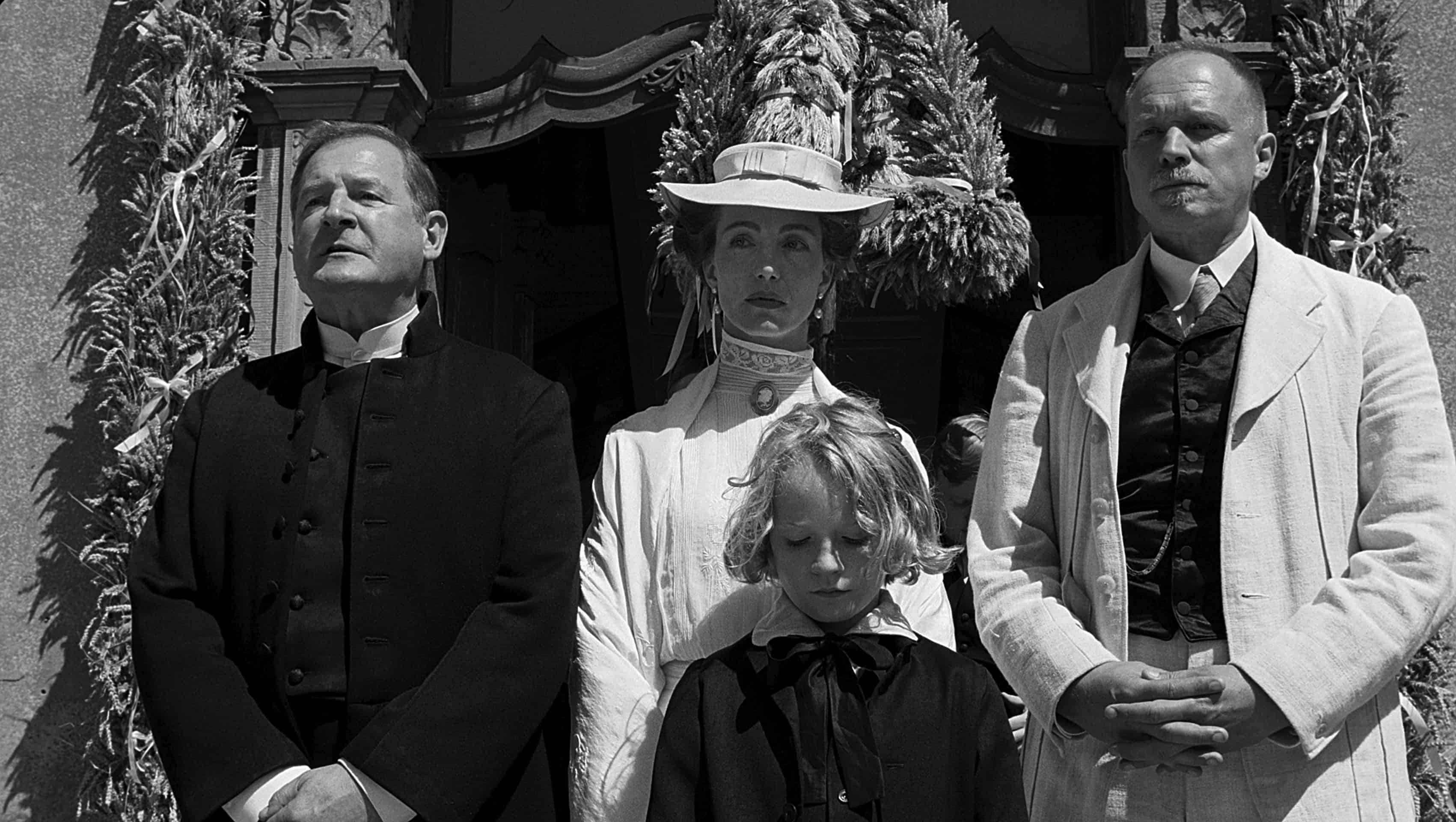
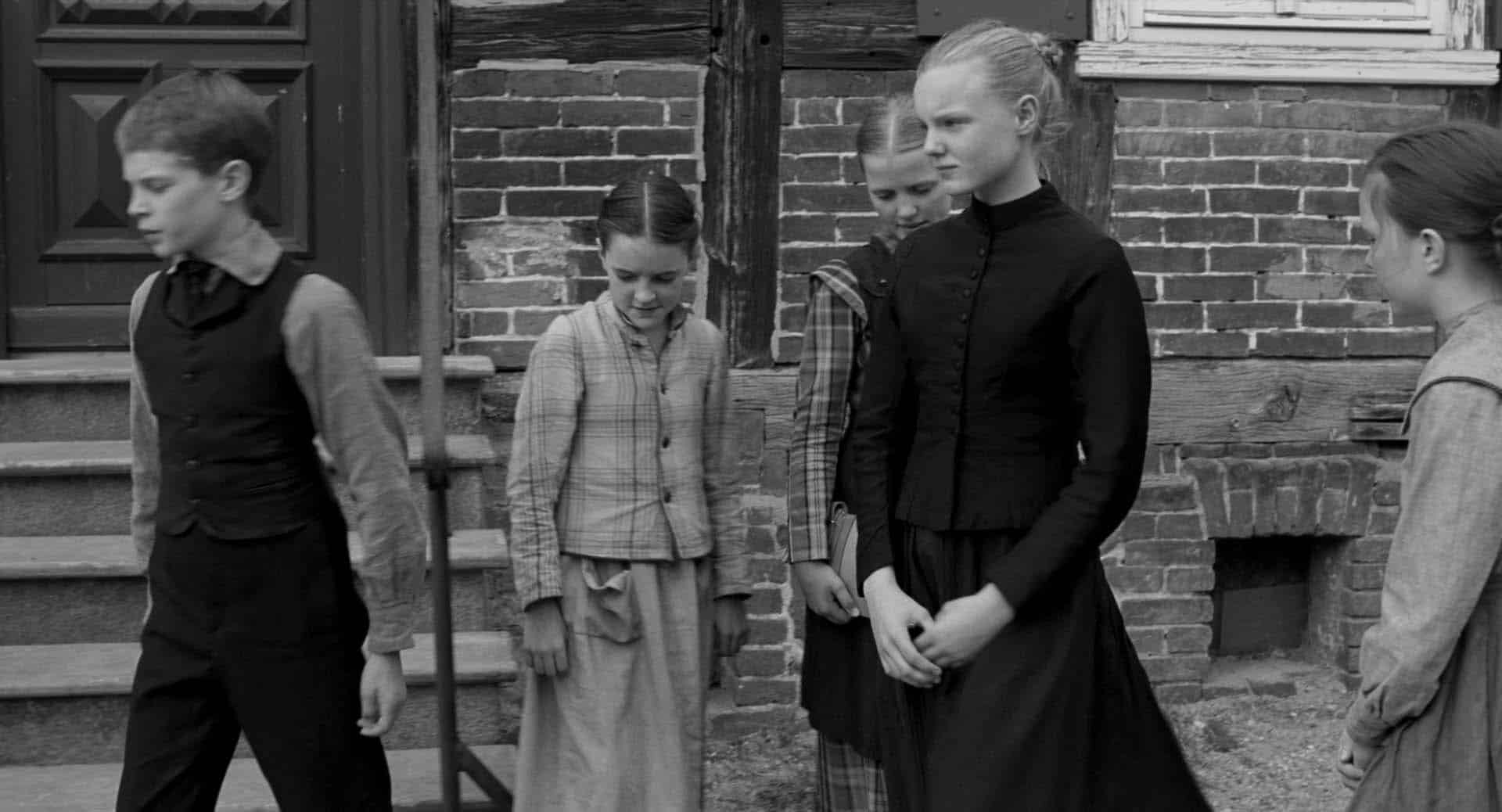
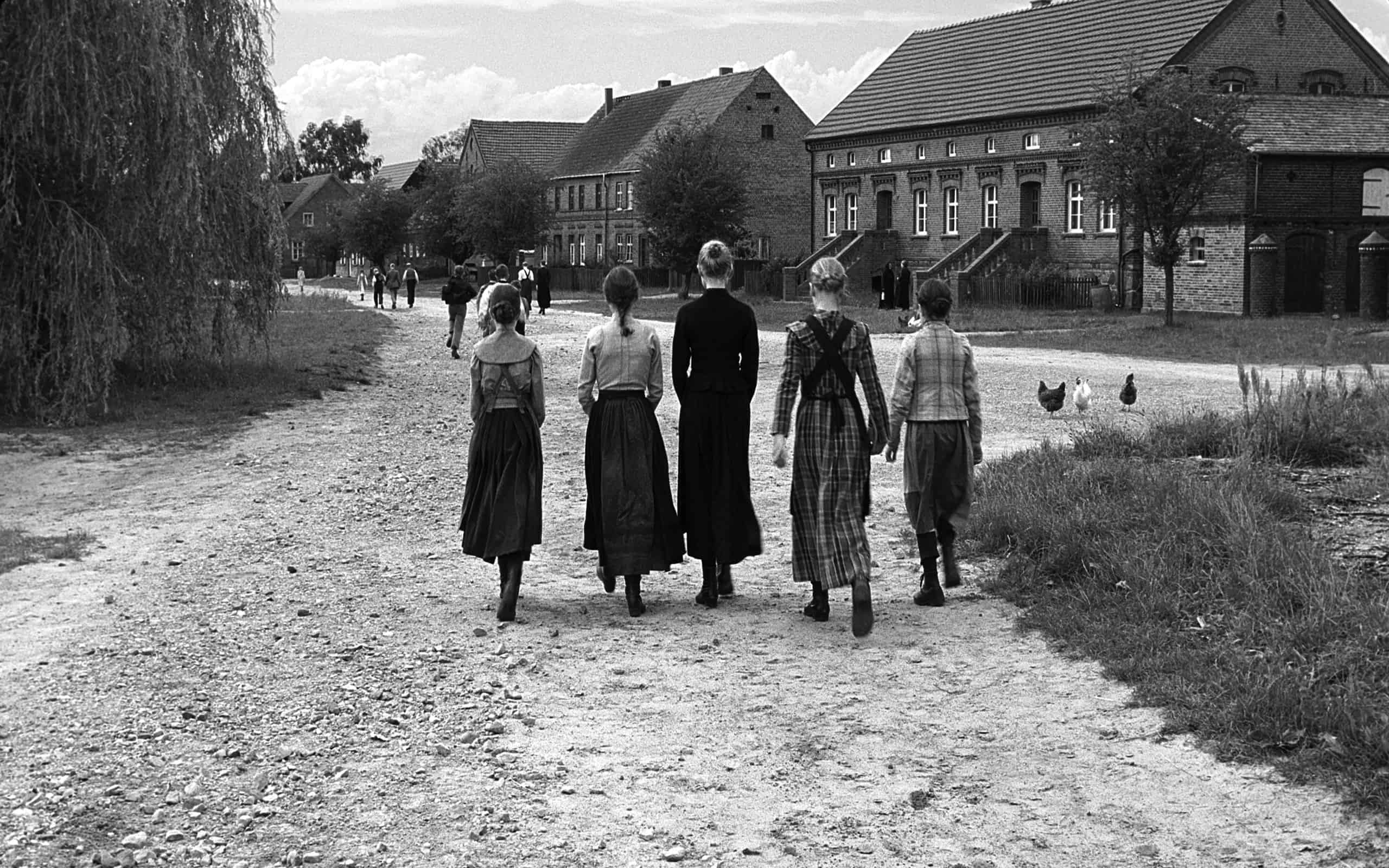
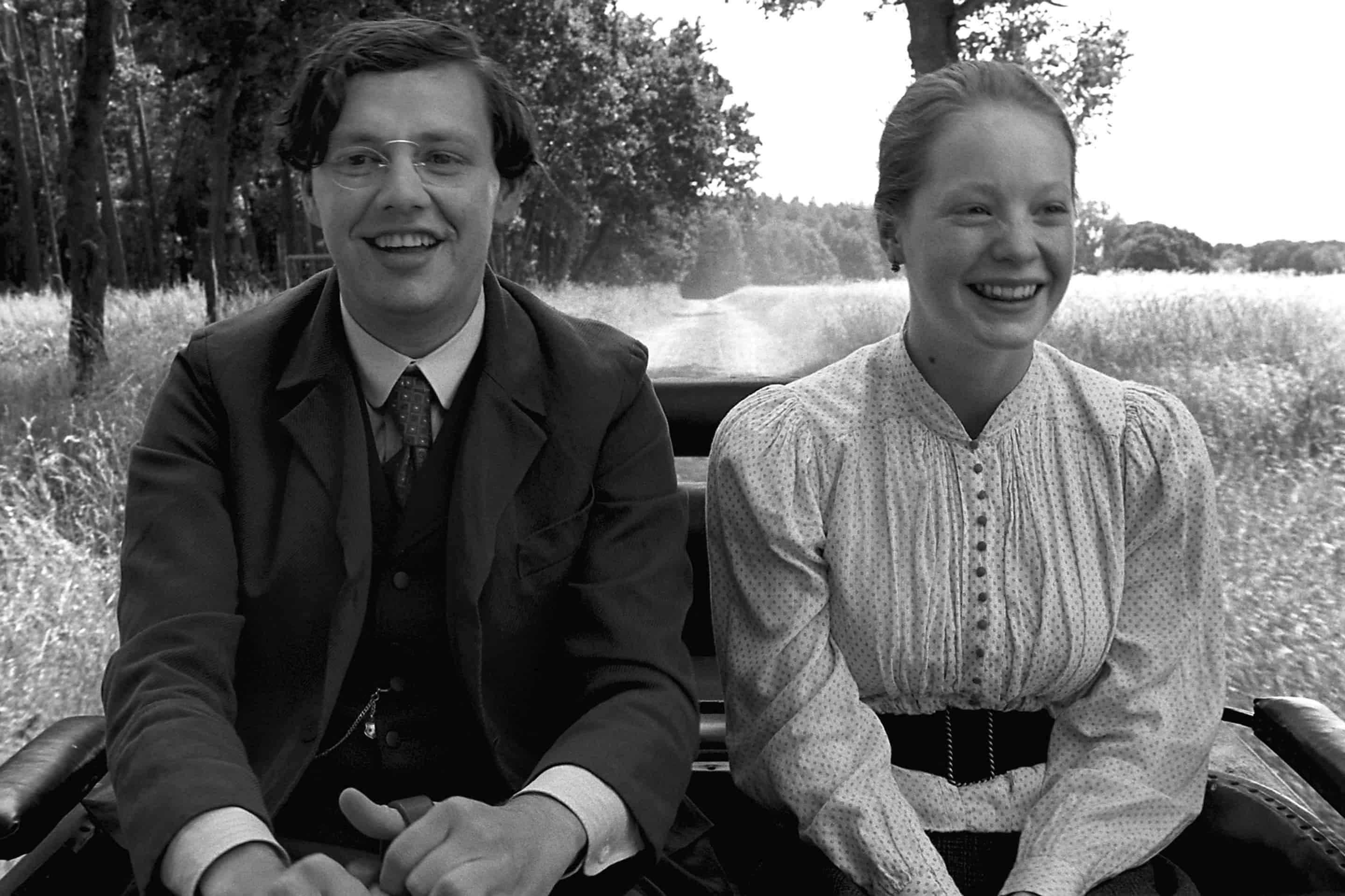
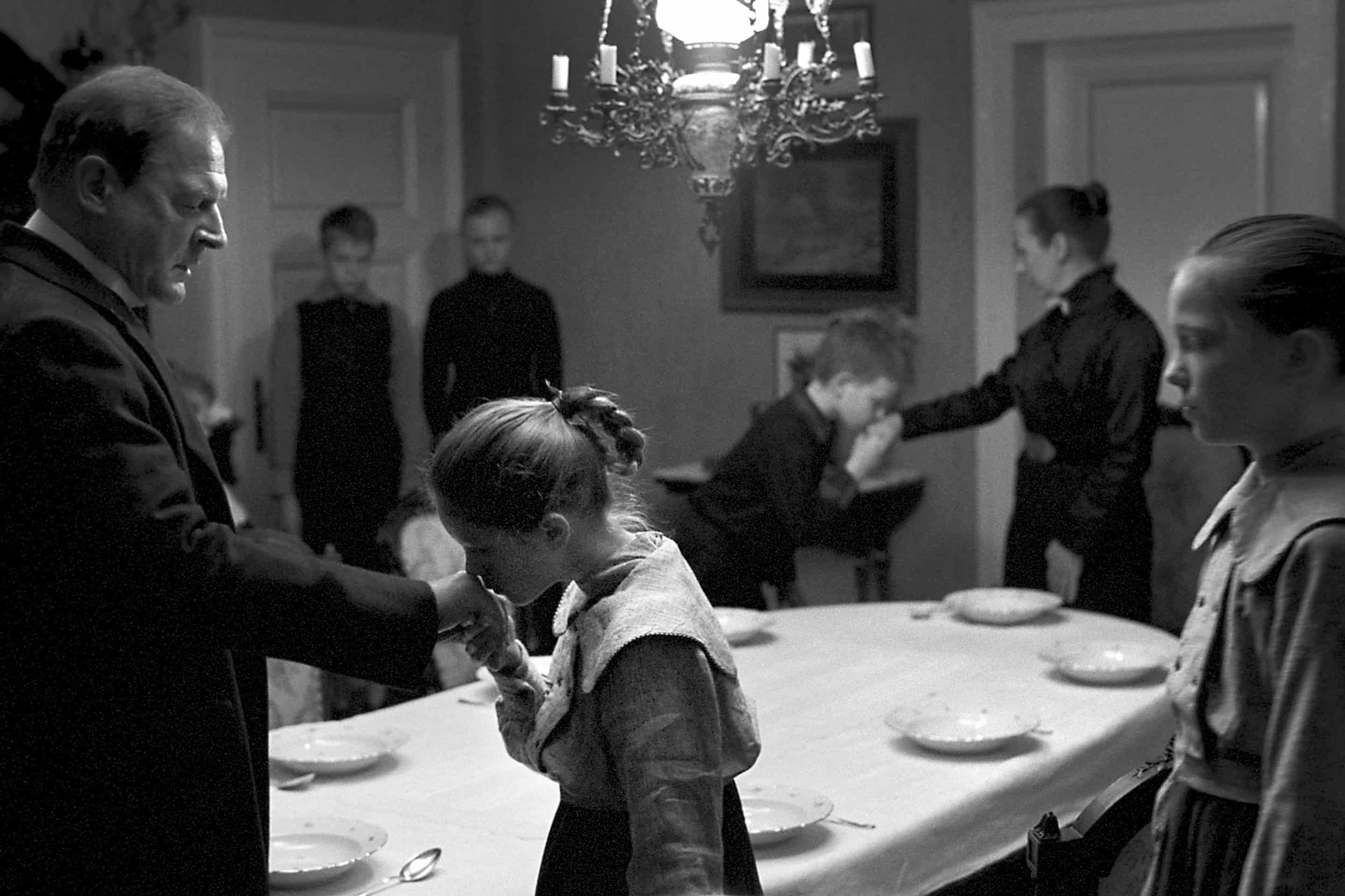
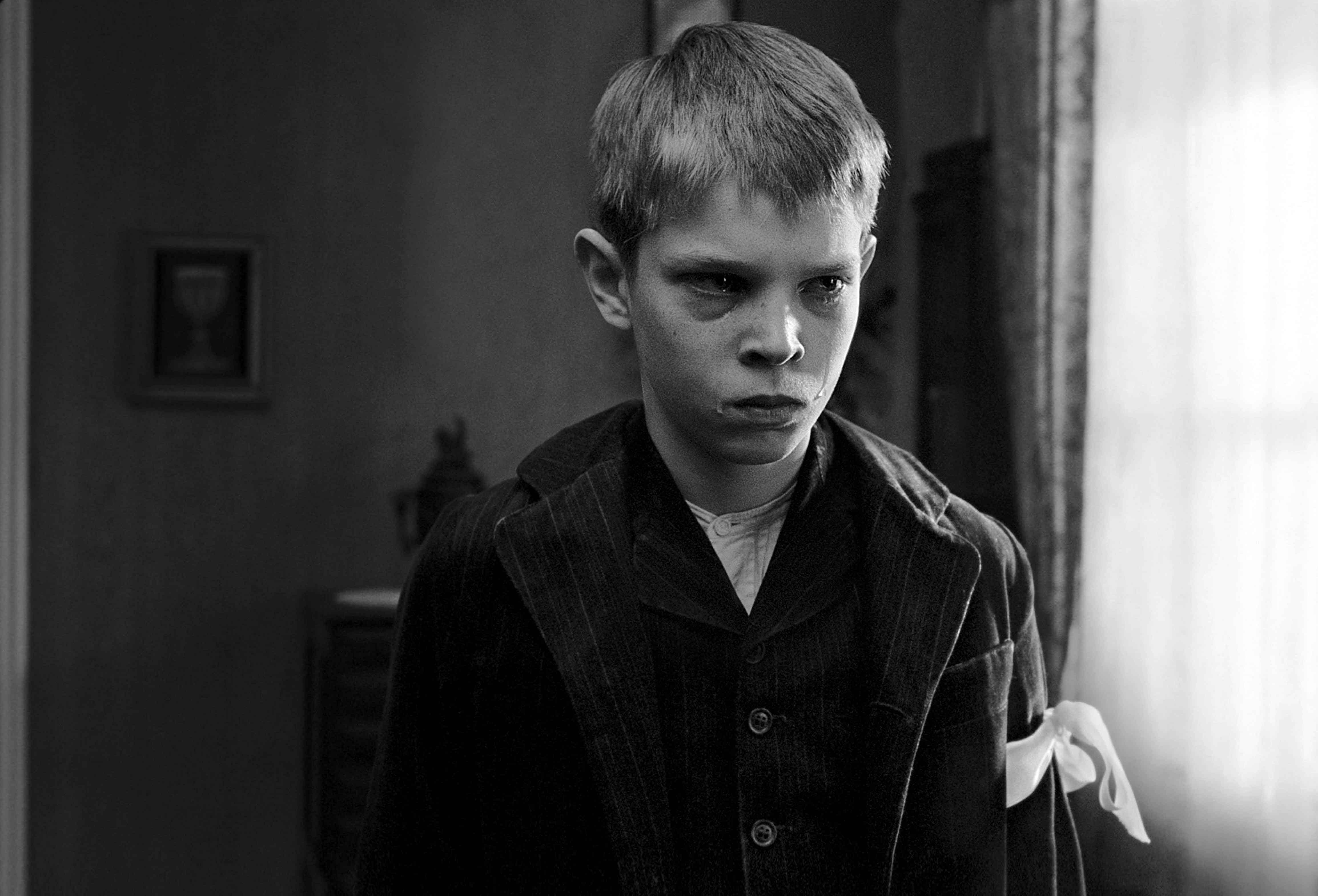

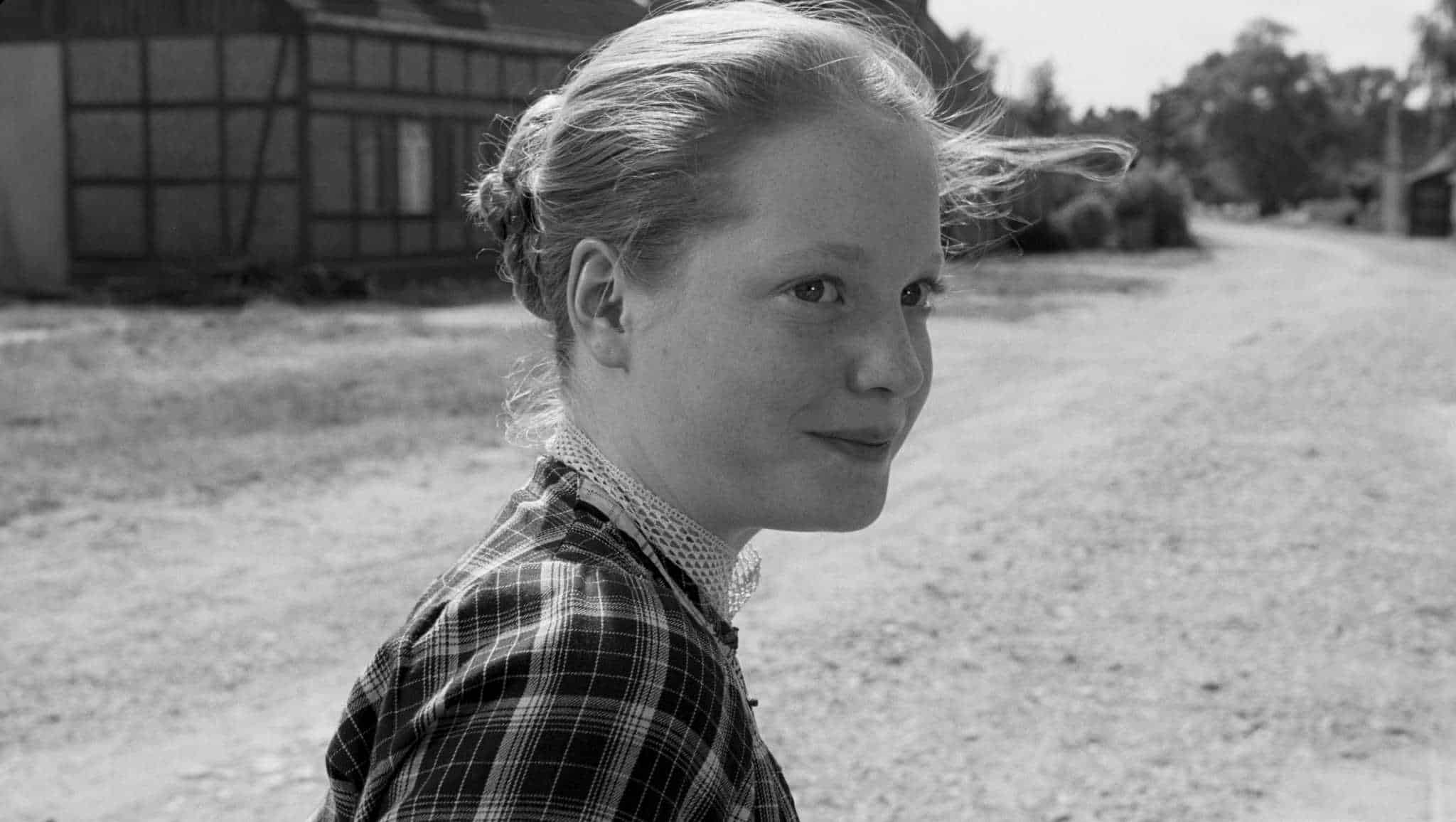

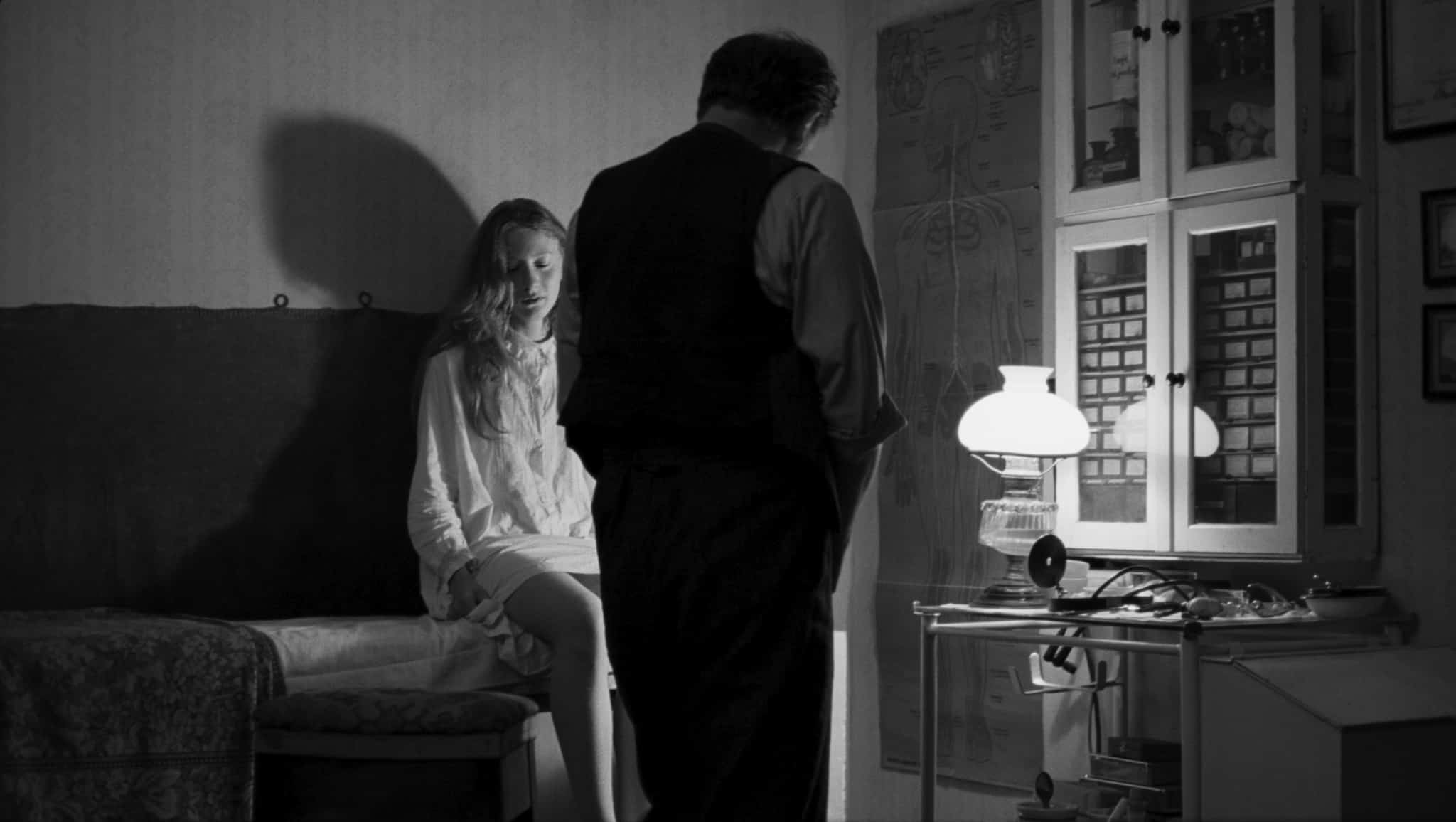
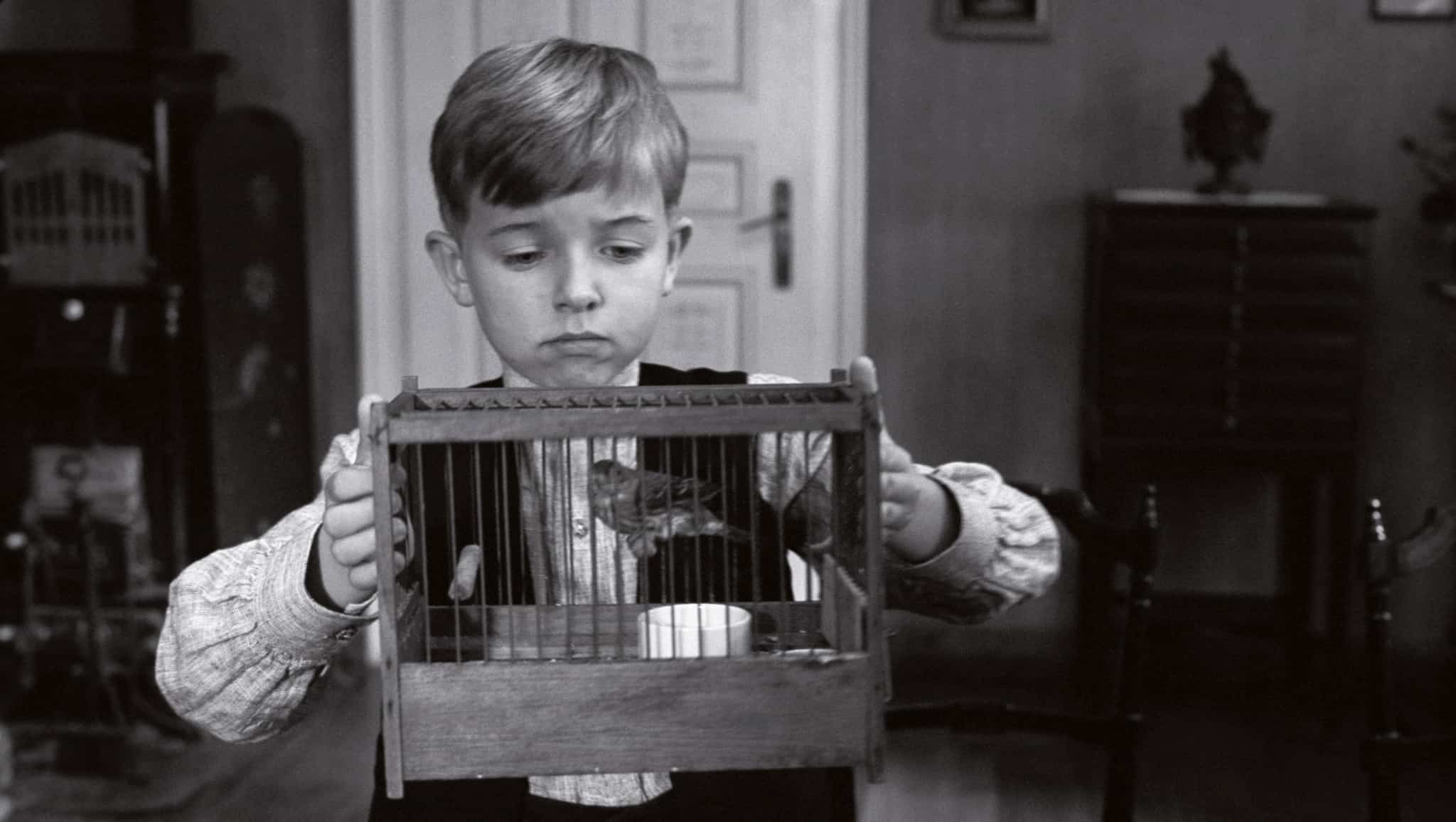
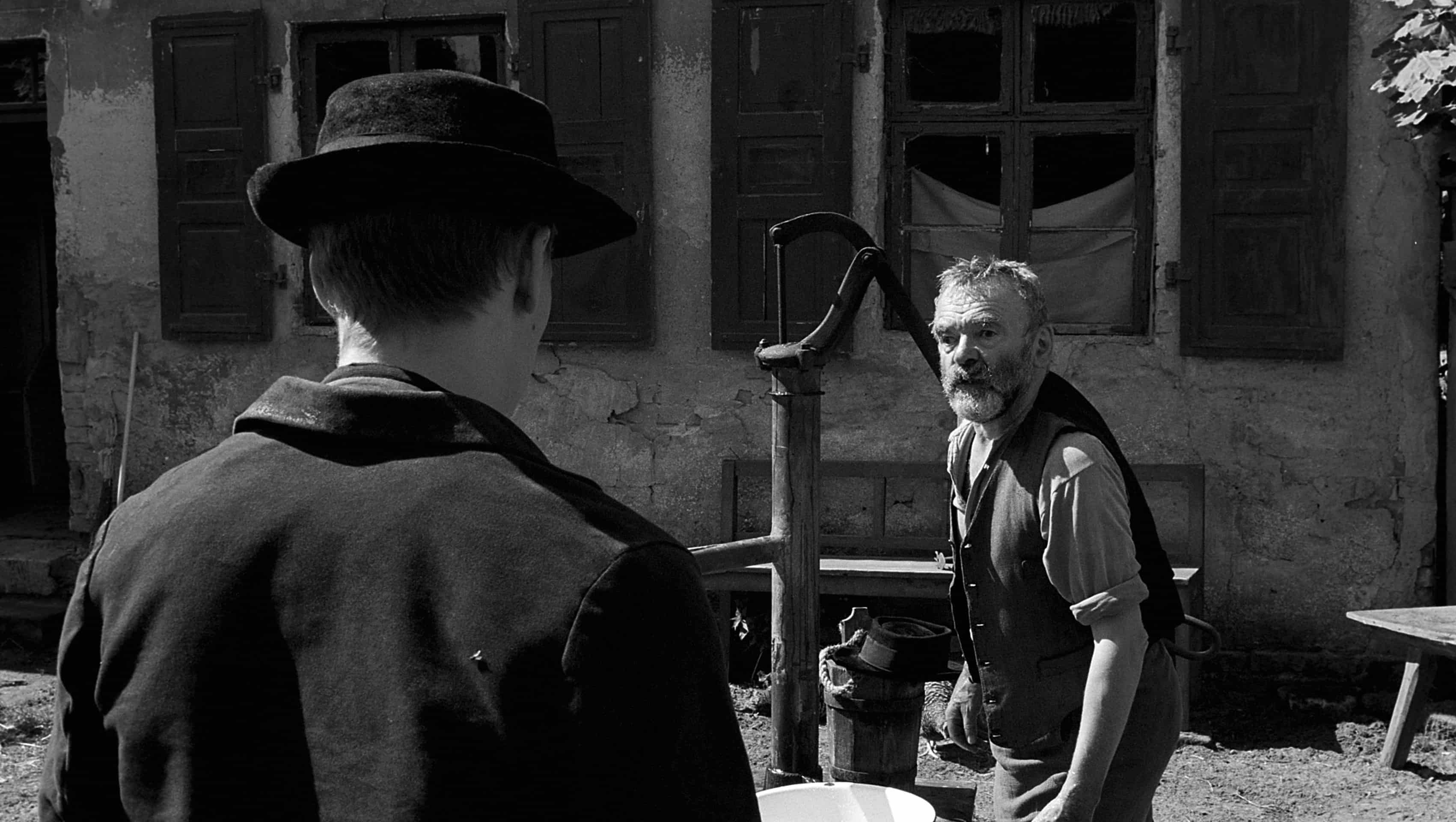
Featured Videos
Official Trailer
Comments
Loading comments...